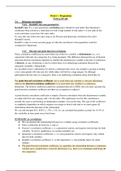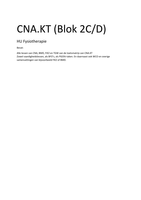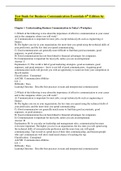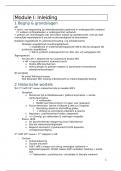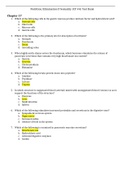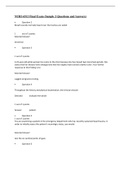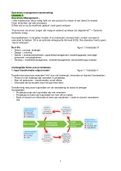Samenvatting
Samenvatting van Andy Field - Discovering Statistics using IBM SPSS.
- Instelling
- Erasmus Universiteit Rotterdam (EUR)
Samenvatting van Andy Field - Discovering Statistics using IBM SPSS voor het vak Intermediate Statistics II. Hoofdstuk 7 (solutions), 10 (moderation & mediation), 11 (comparing several means), 12 (ANOVA part I, 13 (ANOVA part I), 14 (repeated measures design), 15 (mixed design ANOVA) & 19 (logistic...
[Meer zien]
